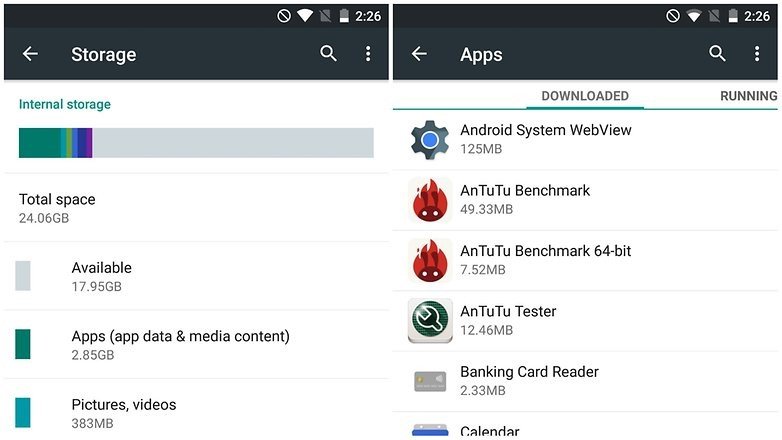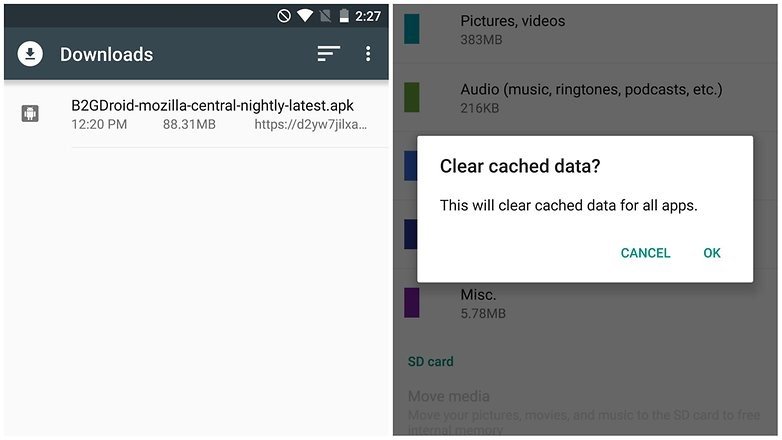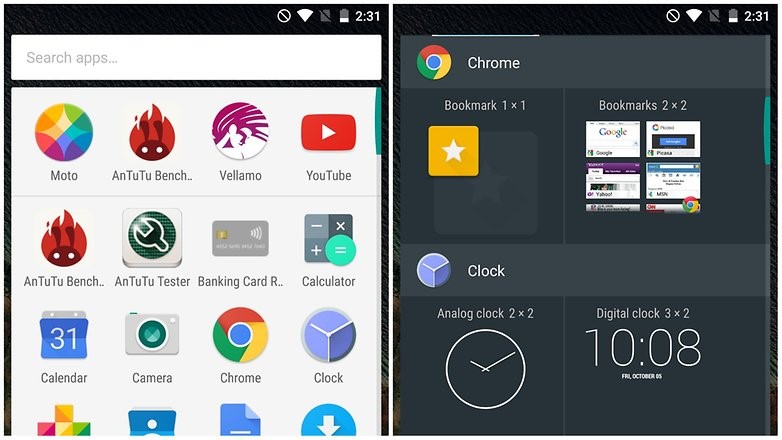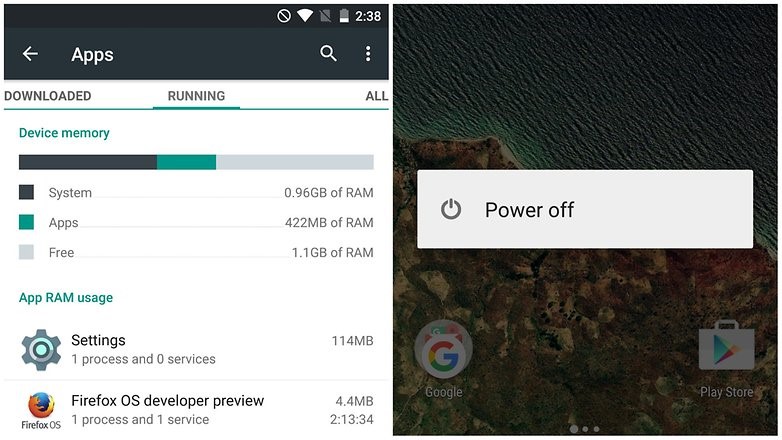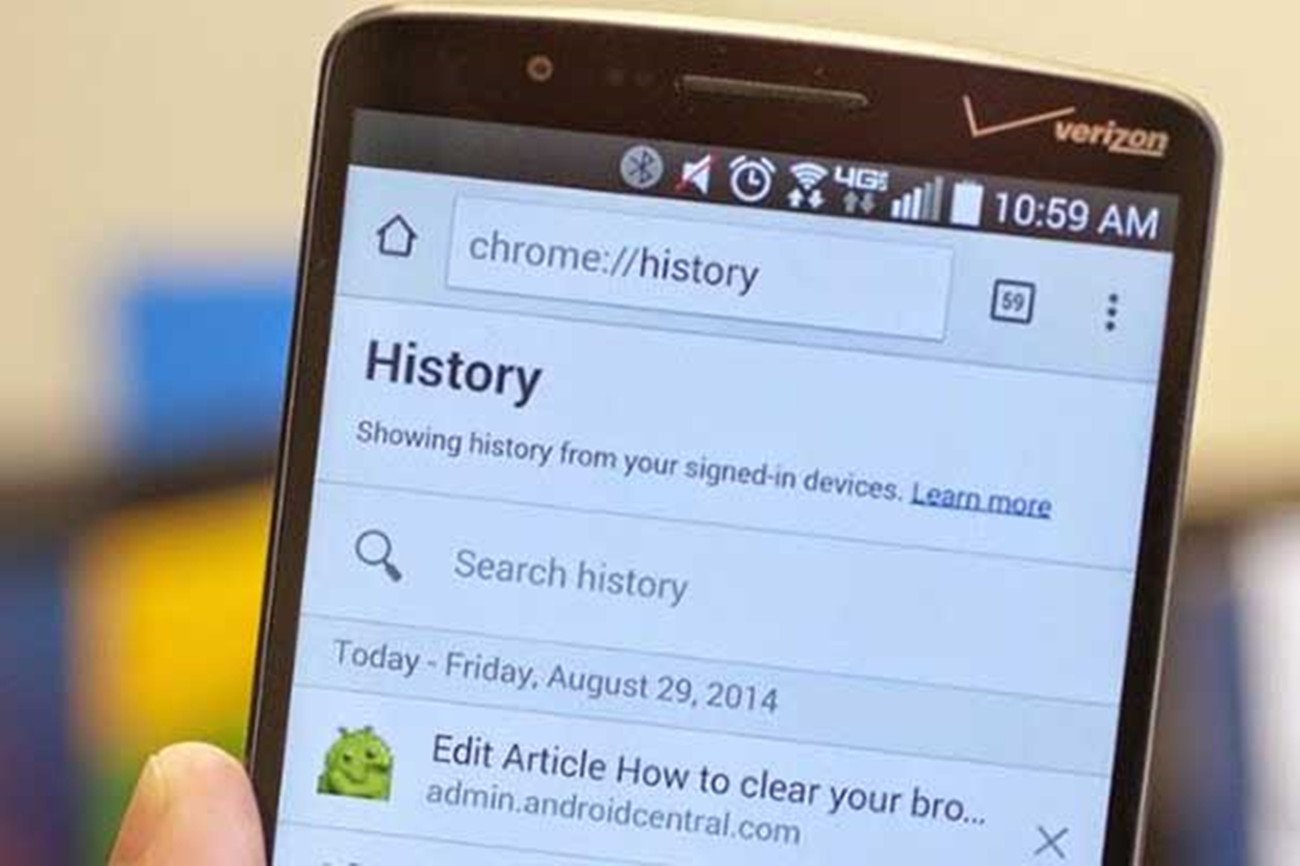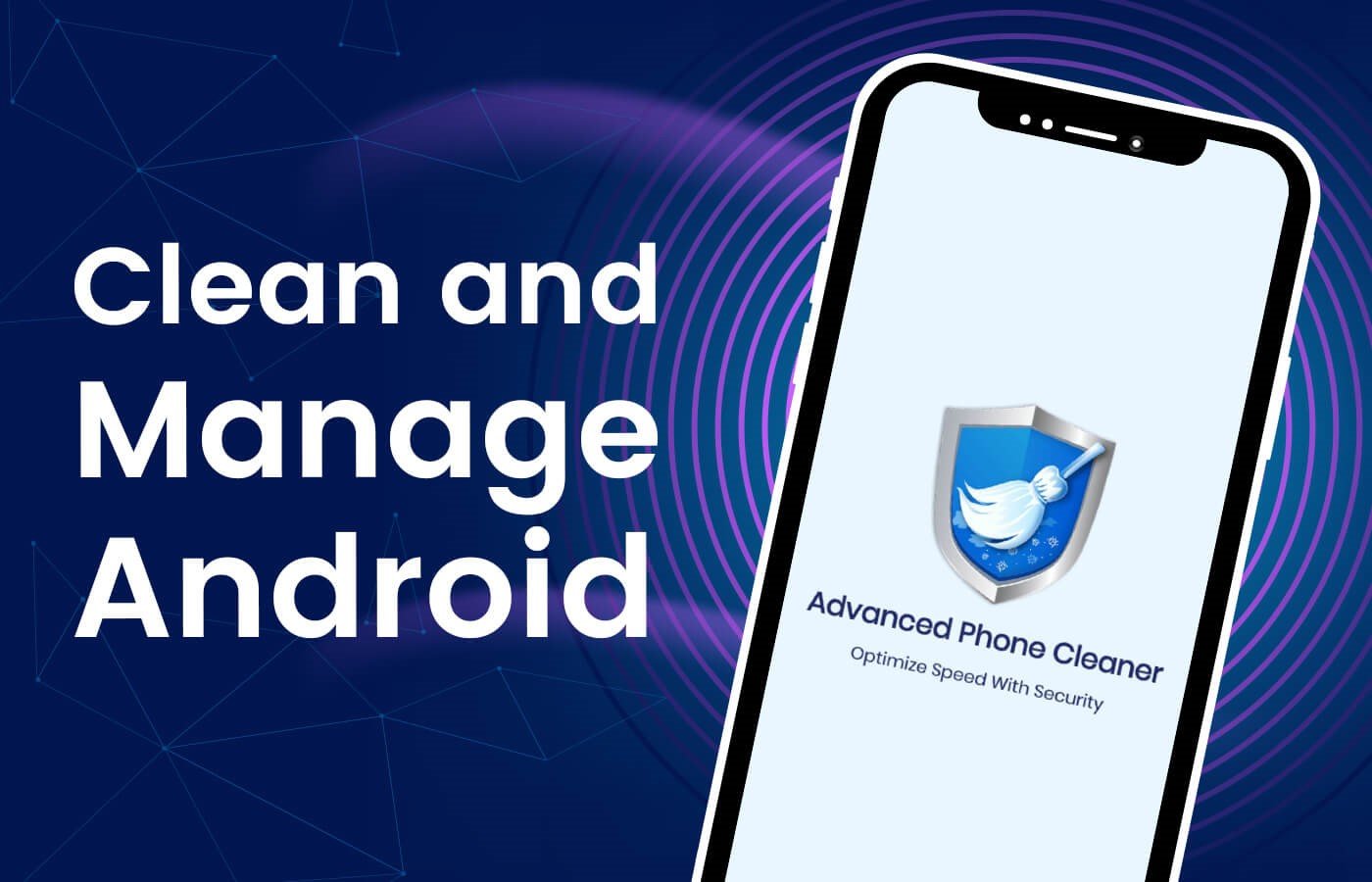
5 Tricks to Speed Up Your Slow Android Phone
5 minutes | Word Count: 850We all use smartphones nowadays, it is impossible to imagine our lives with that pretty nifty tool, right? But like a human body, even technology have its limitations of getting old. Android phones have this tendency to become slower with prolonged use.
The installation of several apps, continuous downloading and erasing of a lot of data to the memory of your Android device and the constant loading of the apps on the RAM often deteriorate their performance, and hence the speed is affected.
Here are 5 tricks that you can use to increase the speed of your Android phone in less than 2 minutes of your time. So let us get started.
1. Get rid of the unnecessary apps
There are several Android apps installed on your device that we are sure you haven’t used in awhile. These apps not only are taking some amount of space on the phone’s memory but also have the tendency to run itself and put a load on both the RAM and the processor of your Android phone. We get it, there is some bloatware that has been preinstalled on your device when you first purchased it, but you can always ‘disable’ such apps.
- Simply, tap and hold on the app icon that you want to delete or disable and drag it to the ‘information’ or ‘X’ button that appears in the drag mode.
- You’ll be showing with several options from deleting the app, disabling the app or even clearing the app data and the memory it has cached so far.
2. Clear the Cached Data
‘Cached data’ is a collection of some temporary files that gets stored in the internal memory of the phone while any application loads. This temporary data will be used the next time the app will launch, to save you some time and avoid the need of reloading the content ‘n’ number of times the app runs.
The major drawback with the ‘cached data’ is that it can grow and can become pretty heavy. This not only eats up a lot of space on the internal memory of your android phone but also slows the phone down.
Though according to some technical gurus, the cached data mustn’t be removed too often as it also puts a lot of load on the device performance, in the long run, every once in a while this data must be removed for the optimal performance.
Try to clear the ‘cached data’ of all the apps by going into the settings of your phone, then storage and then to ‘clear cached data’.
You can alternatively, get rid of the ‘cached data’ by going into each and every app information and remove the cached data by using the ‘clear cache’ option. Head over to the settings > apps > pick the app you want to delete ‘cached data’ of and use the ‘clear cache’ option.
3. Remove unwanted Widgets!
One of the many benefits of using an Android device is the use of ‘Widgets’. Widgets are small snippets of the app that have limited functionality but are so useful that sometimes you don’t need to open the app to perform a certain task. And for that matter, now even Apple even have copied this feature from Android and introduced ‘Widgets’ to their iPhone line-up.
But what we all know that Widgets takes up a lot of resources off our phones. They are data hungry, always fetching the data from the internet and being working in real-time also occupies a lot of RAM and processor potential.
Remove the widgets that you aren’t using so that the RAM and the processor can breathe a little bit. Don’t sacrifice with your experience, ‘too many widgets always slows down your phone’, is all that we are saying.
4. Remove Live Wallpapers
Well, if you can sacrifice on the lovely animations of your live wallpaper for getting the optimal speed on your Android device, you should! Live wallpapers take up a lot of resources, such as RAM space, processor’s potential and even pose some battery drain also.
Getting rid will give your phone a little bit boost. Make sure to put a regular image as your wallpaper. One quick tip for the users that also wants to save their battery drain, if you are comfortable then putting a pitch black wallpaper on your Android home screen, lights up fewer pixels on your screen and hence save you a lot of juice.
5. Keeping the phone up to date
After you purchase your Android device, the manufacturers nowadays roll out updates for your phone at definite intervals. These updates not only fix several bugs but also install some new features to your phone. These updates also tweak certain memory, RAM and processor concerns.
Final Words
If you’ve tried everything mentioned above, you need to format your device once and set it up again; this is the last resort unless you want to spend a lot of money for buying a new Android phone.
Let us know in the comments about ‘your way(s)’ of making your Android phone faster.


